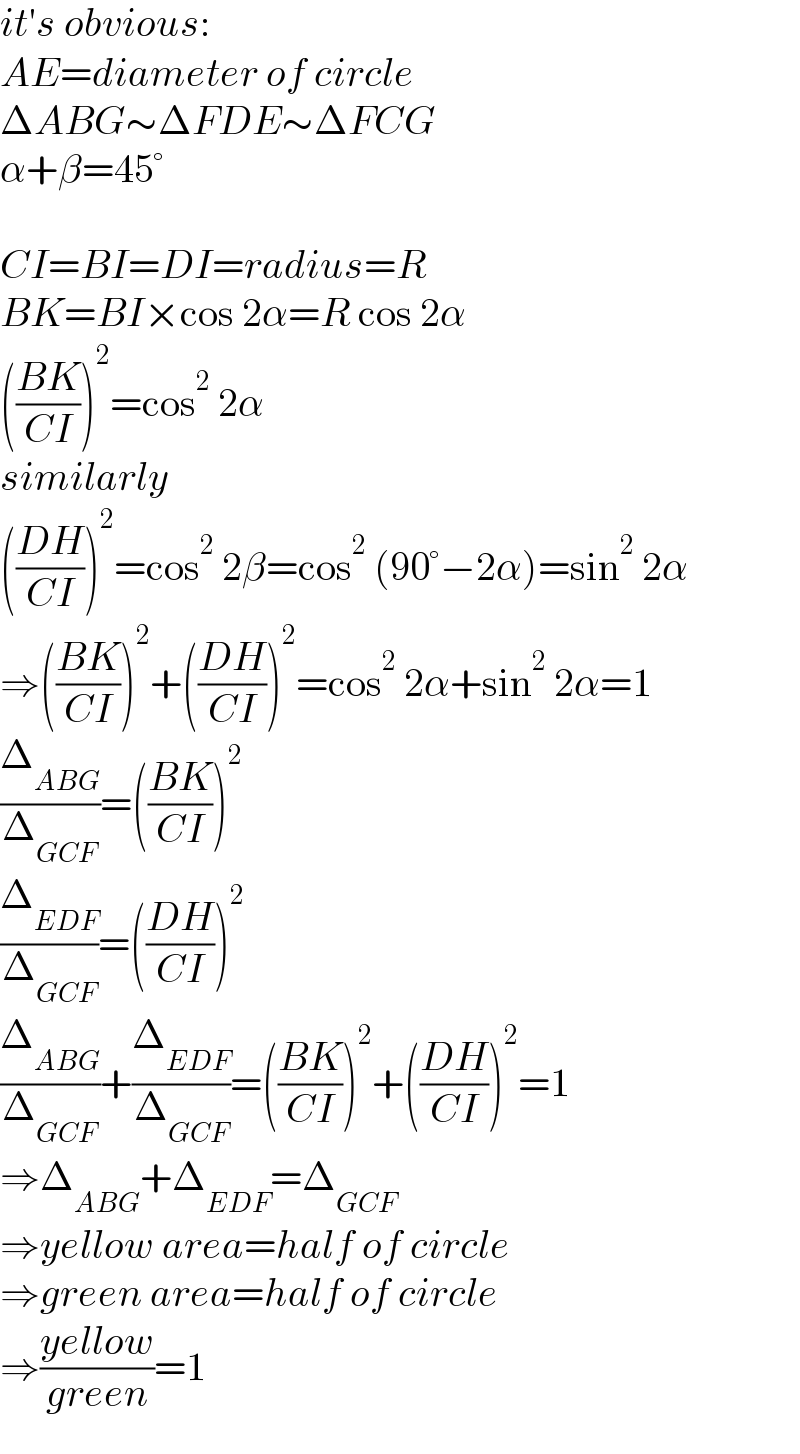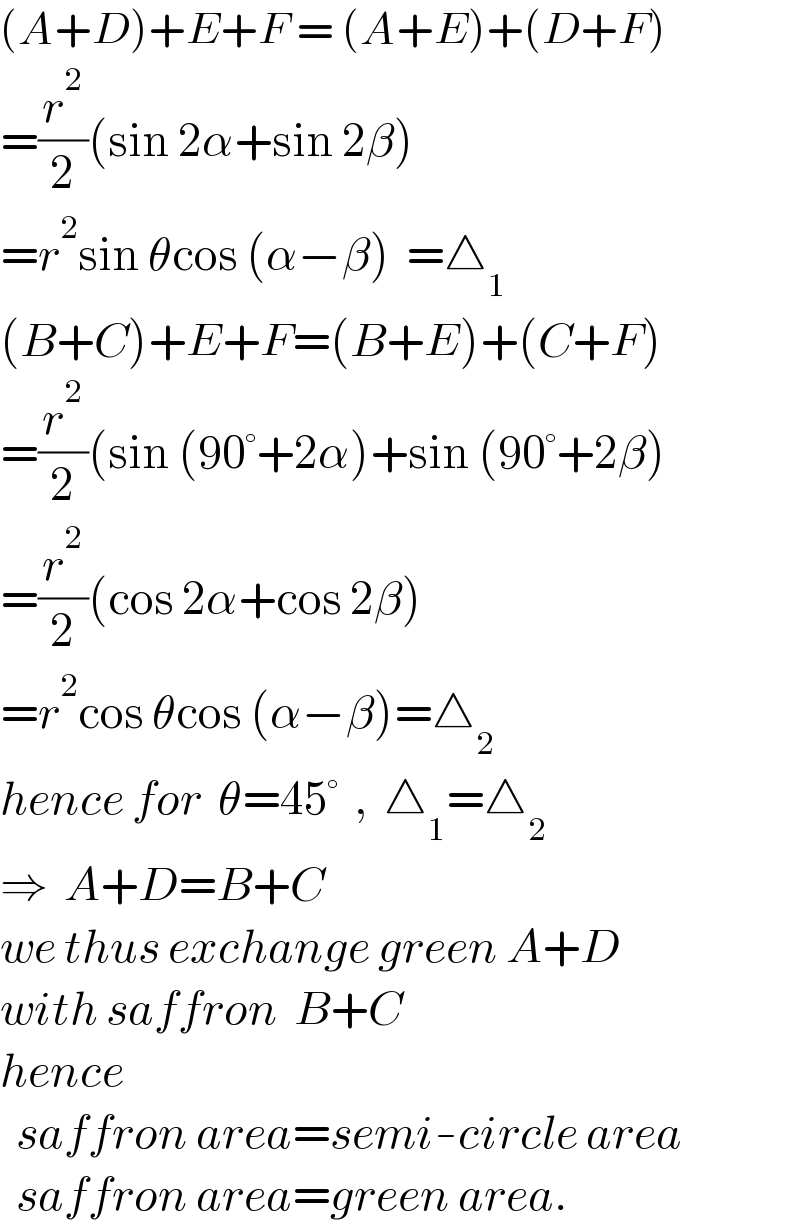
Question and Answers Forum
Question Number 155657 by mr W last updated on 03/Oct/21

Commented by mr W last updated on 03/Oct/21

Answered by mr W last updated on 03/Oct/21

Commented by mr W last updated on 03/Oct/21

Commented by mr W last updated on 03/Oct/21

Commented by amin96 last updated on 03/Oct/21

Commented by puissant last updated on 03/Oct/21

Commented by Tawa11 last updated on 03/Oct/21

Answered by ajfour last updated on 03/Oct/21

Commented by ajfour last updated on 03/Oct/21

Commented by mr W last updated on 05/Oct/21

